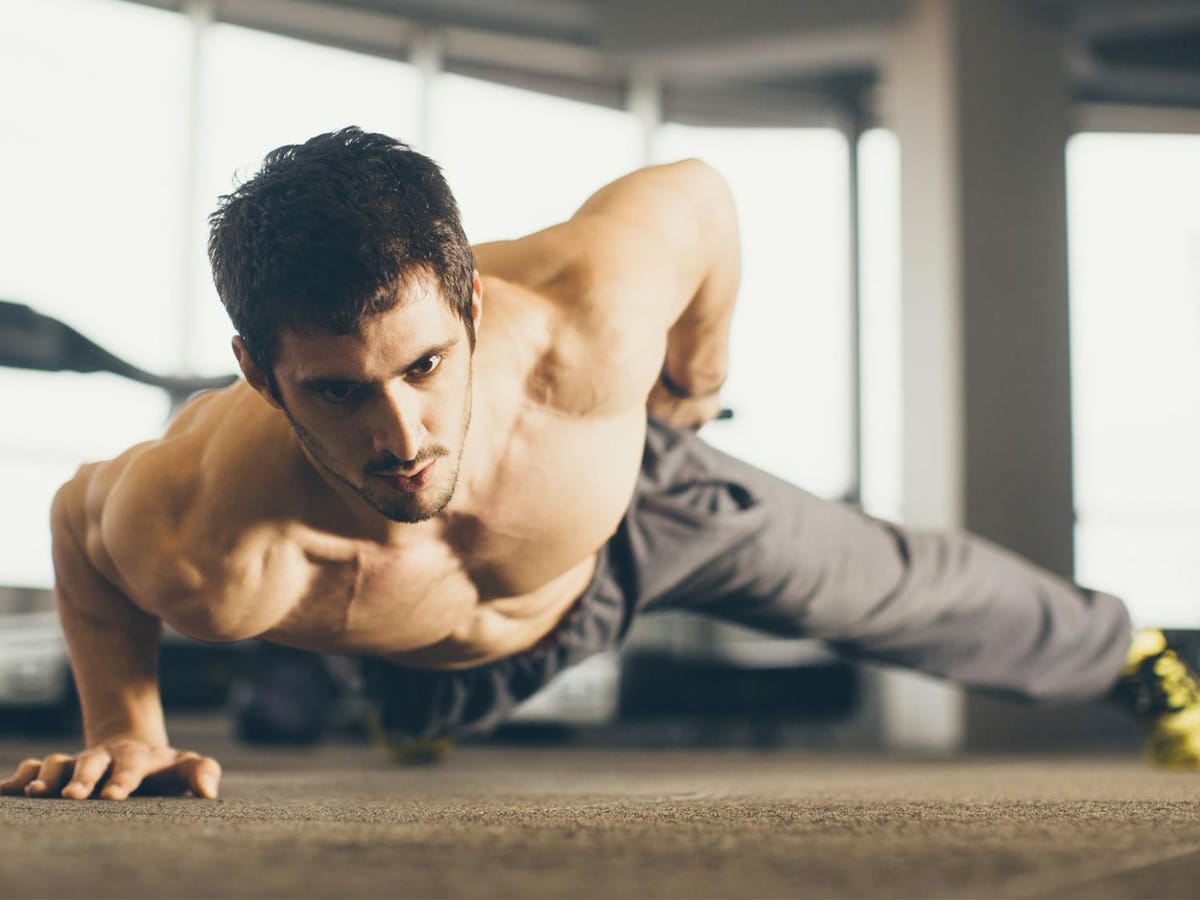You have most likely seen very fit athletes flaunting amazing core workouts as L-sits, V-sits, or single-leg lifts as you go through social media. Often called "core compression" workouts, these motions are all about moving your feet closer to your head to strengthen the hip flexors and abdominal muscles.
Although they look amazing and are perfect for gymnasts, experts caution that they are unsuitable for the typical person—especially those who spend much of their day seated.
One might get perplexity from the word "core compression." While trainers use the term to explain any action where your core muscles engage to stabilise your body, on social media it usually refers to exercises like leg lifts or advanced holds. However, for daily life activities, David Diggin, Ph.D., an exercise science specialist from Ithaca College, says showy trends like these are not always practical.
"Your hip flexors and abdominal muscles are already shortened if you sit most of the day," says Diggin. By strengthening muscles already tense and extending muscles in the back, core compression workouts can aggravate this imbalance.
Rather, professionals advise activities related to practical tasks like grocery hauling or leaf raking. Often involving twisting and turning, these daily motions challenge fashionable core compression.
Social Media compared to applied exercise
"Simple, effective motions like squats don't get the same hype, but Instagram loves dramatic, click-worthy exercises," explains Lewis Lupowitz, DPT, a sports physical therapist. Although they appear dull, squats are great for strengthening the core and working the legs.
Conversely, although they seem great, core compression workouts could aggravate current problems or strain your lower back. Experts advise against making them a regular part of your regimen if you're tempted to attempt them; rather, maintain them as a sporadic challenge.
Safe and powerful alternative core strategies
The fantastic news is Following exercise trends is not necessary to develop your core. These professionally authorised, useful workouts are safe, efficient, and easy to fit into your program: One has planks.
A basic, flexible approach to target internal obliques and transverse abdominis, planks start with side plans or a regular front plank—which supports oneself on your forearms and toes—you may work on Using a front plank or a side-to-front plank transition, push yourself by tapping alternate shoulders.
2. Asymmetric dumbbell exercise
Try odd-weight workouts to increase core stability. For a dumbbell shoulder press, for instance, use a lesser weight in one hand and a greater weight in the other. This imbalance drives your core to stabilise your body more aggressively.
3. Plank backwards
One reverse plank helps offset the consequences of sitting. Straighten your legs on the floor, lay your hands behind you, then raise your hips to create a straight line from head to heels. This stretches your body and tones your glutes.
4. Functional actions
Add step-ups, lunges, glute bridges, and squats. These workouts improve posture, strengthen, and replicate daily motions.
Breathe and stretch to strengthen your core
Spending extended hours at a desk calls for stretching. Exercise science expert Dr. Shawn Arent advises the cobra stance to help offset the effects of sitting and stretch the abdominal muscles.
Additionally helping to increase core activation are breathing exercises. Breathe deeply through your nose, feeling your body stretch outward, then gently out through pursed lips. Without equipment, this works core muscles.
Incorporate movement into everyday life
Little changes to your everyday schedule might serve as a workout. When working on stairs, climb or descend gently and under control. When done deliberately, daily tasks like carrying groceries or gathering a laundry basket may also work your core.
Should you try trendy core compression moves?
Experts advise it's alright periodically if you're keen to try core compression activities but avoid depending too much on them as your main workout. "Once a week won't hurt, but your priorities should be safer, pragmatic exercises," Arent counsels.
In the end, developing a better core calls for more subdued trends. Maintaining basic, functional motions can help you support your general health, feel stronger, and move more naturally.






